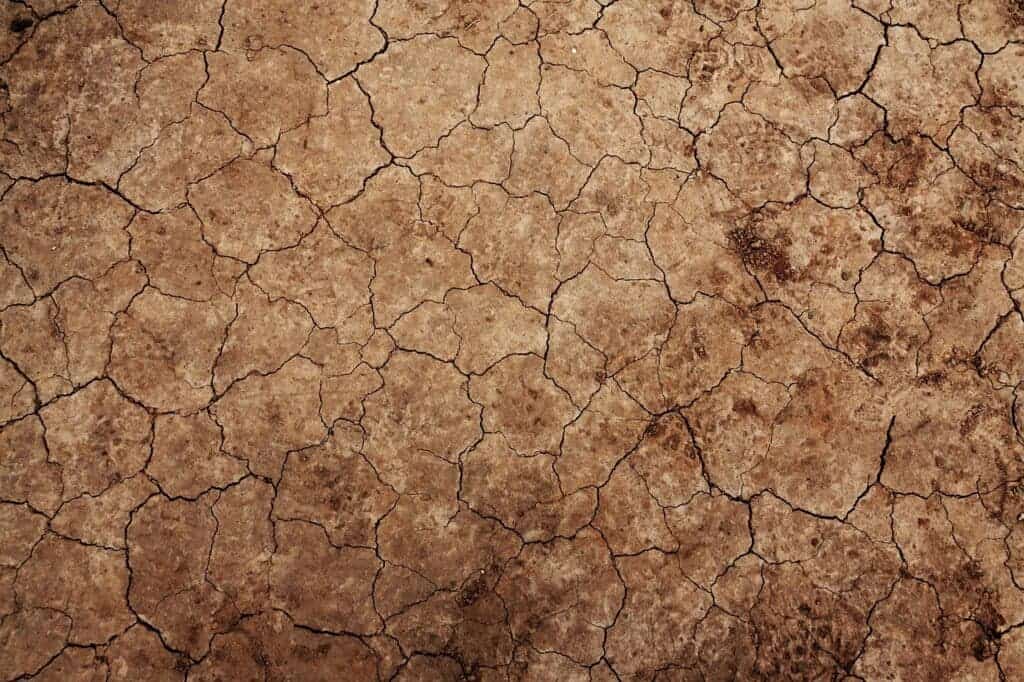
We like to think of ourselves as a highly adaptive species, which is true to a degree. However, it is also true that humans have historically preferred to settle in habitats where the temperature is just right for both comfort and food production. But rapidly accelerating climate change is disrupting many regions that momentarily enjoy equilibrium, potentially threatening the livelihoods of billions of people.
Hotter than the Sahara for more than a billion people by mid-century
For many creatures, their habitat is predicated on temperature — this is also one of the reasons why abrupt climate change is so dangerous.
Warmer water temperatures cause declines in the populations of trout, salmon, and many other species that require cold water to survive.
Many species take their cues about when to migrate, flower, nest, or mate from seasonal changes in temperature, precipitation, and daylight. Climate change is confusing those signals and forcing wildlife to alter their behavior.
Professor Marten Scheffer of Wageningen University, Netherlands, and colleagues investigated the effects of climate change projected for the future from a curious angle. Instead of calculating the economic impact or going too much into the physics of climate change like other climate models, the researchers wanted to see how rising temperatures will affect human habitats.
According to the researchers, the vast majority of the population lives in regions where the average annual temperature is between 6°C (43°F) and 28°C (82°F). It has been this way for the last 6,000 years or so.
By the end of the century, global average temperatures are expected to increase by an additional 3°C. However, that’s the average. Some terrestrial regions might heat by as much as 7.5°C, which could make certain habitats unbearably hot.
The modeling work performed by the researchers, which was described in the journal Proceedings of the National Academy of Sciences, suggests that a third of the world’s population will live in areas that are as hot as the Sahara within the next 50 years under the worst-case scenario.
In the best-case scenario (3°C of warming by the end of the century), 1.2 billion people will live outside their “climate niche”, experiencing average annual temperatures over 29°C (84°F).
The worst affected countries will be India, Nigeria, Pakistan, Indonesia, Sudan, Niger, Philippines, Bangladesh, Burkina Faso, and Thailand, in this order.
Some of these effects can be mitigated by technology, particularly air conditioning. We’ve seen this work in seemingly inhospitable places such as urban UAE or Saudi Arabia. However, air conditioning is a luxury that the vast majority of people cannot afford, not to mention the fact that the energy required to cool homes and office spaces drives even more global heating.
Instead, what will likely end up happening is mass migration towards cooler regions. Additionally, regions that will experience temperatures past historically comfortable levels will also suffer significant impairments to their food supply, driving even more migration possibly conflict.
“I think it is fair to say that average temperatures over 29C are unliveable. You’d have to move or adapt. But there are limits to adaptation. If you have enough money and energy, you can use air conditioning and fly in food and then you might be OK. But that is not the case for most people,” Prof Marten Scheffer of Wageningen University told The Guardian.
The coronavirus pandemic has caused an unprecedented dip in greenhouse gas emissions that hasn’t been seen since World War II. However, emissions are bound to rebound and return to their usual upward trend once restrictions lift for good.
A U.N. report issued in 2019 found that global emissions would have to drop by 7.6% year-to-year, on average, if we’re to stand a chance at limiting global temperature rise to 1.5 degrees Celsius.
Crises like the coronavirus show just how fragile our economies and livelihoods can be in the face of global calamities. But in contrast to a pandemic, global heating is slow to develop, which gives the impression that things aren’t that bad — not yet at least.
These findings might, hopefully, motivate policymakers to stick to their Paris Agreement pledges, otherwise billions may find themselves living in misery.






